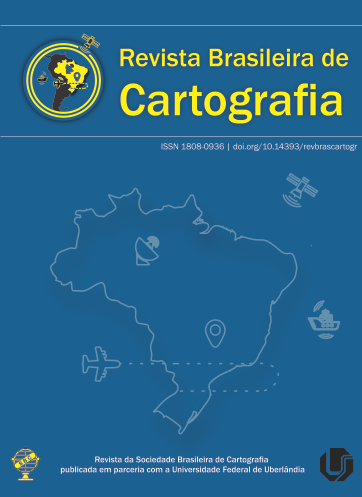Cartography: from conventional to virtualization
Main Article Content
Abstract
The present article analyzes the emergence of an electronic cartography, virtualized and relational, that is laced as a movement of transformation and reconfiguration of conventional cartography by incorporating innumerable electronic devices (geotechnologies) and the diffusion of geographic information through the networks, especially the Internet. This movement brings to the center of Cartography a series of implications on cartographic thinking that reflected in social practices and society in general, inaugurating new virtualized spatialities and territories with profound implications in absolute space.
Downloads
Metrics
Article Details
Authors who publish in this journal agree to the following terms:
- Authors retain copyright and grant the journal right of first publication with the work simultaneously licensed under a Creative Commons Attribution License that allows others to share the work with an acknowledgment of the work's authorship and initial publication in this journal.
- Authors can enter into separate, additional contractual arrangements for the non-exclusive distribution of the journal's published version of the work (e.g., post it to an institutional repository or publish it in a book), with an acknowledgment of its initial publication in this journal.
- Authors are permitted and encouraged to post their work online (e.g., in institutional repositories or on their website) before and during the submission process, as it can lead to productive exchanges, as well as earlier and greater citation of published work (see "The Effect of Open Access").





